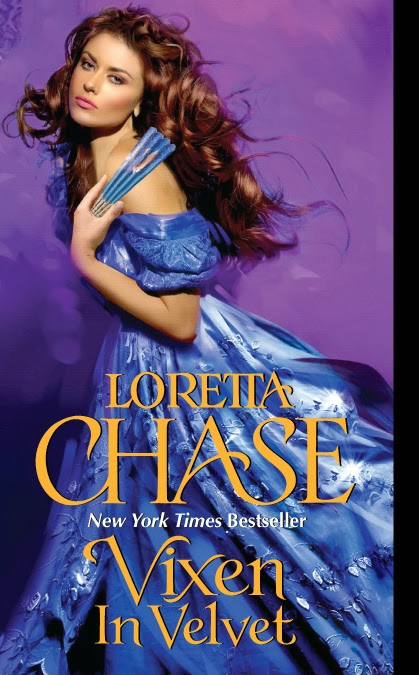Isabella reporting,
Tonight is the one hundred and ninety-ninth anniversary of what has been called the "most famous ball in history," and I can't think of any other with a better claim to the title.
Given as an entertainment for the officers of the Duke of Wellington's army stationed in Brussels, it was in fact a glittering social affair - until Wellington received the news during the ball that the French forces under Napoleon had unexpectedly begun their march. Some officers immediately left the ball to return to their troops, while others stayed so long that they did not change their clothes, and ended up fighting in their evening clothes. By the next morning, all the farewells had been said and the last bugles sounded, and the Anglo-Dutch army was on its way to fight the French at the Battle of Quatre Bras, the first step towards the monumental Battle of Waterloo.
There are numerous first-person accounts of the ball and the combination of excitement, anticipation, foreboding, and bravado that marked its tumultuous end. One of the best was written by Georgiana, Dowager Lady de Ros, and a daughter of the Duchess of Richmond; you can read it
here. Another excellent account comes from the Hon. Katherine Arden, daughter of the first Lord Alvanley, who was living in Brussels at the time; read her letter
here.
The inherent drama of the ball - music and gaiety poignantly give way to the impending carnage of battle - has appealed to several writers. It figures prominently in William Thackery's
Vanity Fair (and the several film versions of the novel) and in Canto the Third of Lord Byron's narrative great poem,
Child Harold's Pilgrimage, which can be read
here. Most of our readers, however, will remember it from
An Infamous Army by Georgette Heyer.
The ball also inspired the two paintings shown here. Above is
Before Waterloo, painted in 1868 by Henry Nelson O'Neil. Below is
The Duchess of Richmond's Ball, by Robert Alexander Hillingford, c. 1870. Both are often used as illustrations in histories of Waterloo. The two artists specialized in painting historical subjects, and while both were well-regarded in their lifetimes, their reputations have diminished considerably over time.
Astute Nerdy History Folk will be quick to point out the problems in both these pictures. First off, of course, the dresses and hairstyles of the women are much more fashionable for the 1860s-70s than 1815. The grandly appointed settings are at odds with Lady de Ros's description of the ball taking place in a "large room on the ground floor...[that]had been used by the coach-builder, from whom the house was hired, to put carriages in." Both paintings, too, are highly romanticized, from the golden glow of the light to the over-the-top nobility of every painted face.
But much like another painting of a similar scene,
The Black Brunswickers (which I've already blogged about
here) by John Everett Millais, painted in 1859, these Victorian artists weren't interested in precisely documenting a historical scene. Instead they were using the past to appeal to their contemporary audience. The underlying theme of all three paintings is a strong, somber sense of duty and patriotism, of men willing to make the ultimate sacrifice for their countries.

Britain in the 1860s was changing rapidly, moving away from it agricultural heritage and evolving into an industrial, imperial power. Old ways and values were fading away. The Napoleonic Wars were fifty years ago, a sufficient distance to sentimentalize and revere as a lost era of gallantry, another kind of Camelot. The whole effect in these paintings is more histrionic than historical, striving for an emotional response - which they most likely received from Victorian gallery-goers. The Hillingford painting had the additional burden of having been commissioned by the descendants of the Duchess of Richmond (it remains in the collection of the current duke at Goodwood), who likely wished the scene to be shown to its most decorous advantage.
As for the inaccurate costumes: dressing the figures in a variation of contemporary clothing is a long-standing practice to gain an audiences' empathy through the familiar. People respond to what the recognize. It's the reason why Keira Knightly has bangs and smokey eye makeup as Elizabeth Bennett, and why, too, the heroines painted on romance covers always have long, flowing, modern hair and no stays or corsets.
Thanks to Jo Bourne, Miranda Neville, and Patrick Baty for their thoughts via Twitter regarding this post.
Above: Before Waterloo, by Henry Nelson O'Neil, 1868.
Below: The Duchess of Richmond's Ball, by Robert Alexander Hillingford, c. 1870.






































 One of us --
One of us -- 


